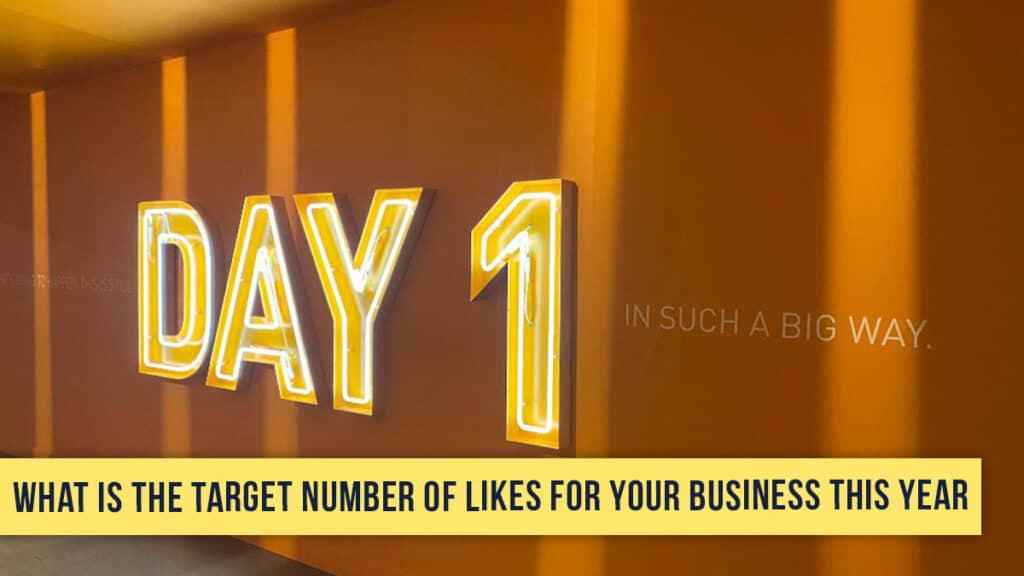“My company’s Facebook post has no LIKES and no SHARES, what should I do?”
A friend from EdTech approached me for help. She was a bank executive who graduated from the University of Hong Kong with an MBA. Her EdTech business is located in Cyberport and receives funding from angel investors. It is a promising start-up. Probably due to her banking background, she is particularly sensitive to numbers, and while the company’s operating figures can get by her, she does not fancy the “like” count on her social media page.
The Habit of Chasing After Likes
“What do you want LIKES for?” This was my immediate response to her. She was my student when I taught social media marketing in the MBA Programme at the University of Hong Kong. She must have trusted me enough to solve this problem for her, so she summoned up her courage to ask for help. She was probably taken aback by my unexpected response. But she is mentally resilient, and to date, she has reorganized her strategy.
I believe it is not just my friend who faces this problem of a lack of LIKES and SHARES. Bosses, marketing managers, and advertising companies like mine grapple with this every day. And because of this penchant where people in Hong Kong highly value LIKES, they are exhausted. You must know how precious it is to get a LIKE from someone in Hong Kong. I will remind my friends that you can be happy if the number of LIKES meets your KPIs. But you also need to know what people are liking – is it the product, its value, or the joke accompanying the post?
Does it mean you failed to achieve your goal if you don’t receive any LIKES? Or is there something wrong with the content strategy? This does not necessarily have a right or wrong answer, but it is worth pondering over. The number of LIKES can be one of your indicators, but it should not be a business goal.
To Win, Pick Your Client
I believe everyone has been in a similar situation. Sometimes the content you see on a brand’s page lets you down since the content comes only from the perspective of the brand. It does not focus on the pain points of its target consumers. The adage to listen more and see more is an old-fashioned but timeless research method. Don’t only pay attention to the positive reviews and be satisfied. More often than not, negative reviews reveal the real pain points that consumers experience, and these compete with the good points of your products. So, even in the face of positive reviews, don’t rest on your laurels, but pay attention to actual feedback from the ground. This is an opportunity to ask, “Is it that good?” The same function on the other brand is also outstanding. This is to help you better hear the actual needs of consumers. Creating content-based on these needs is a good content marketing strategy.
Remember the Fire of the First Day
Although our company mainly serves first- and second-tier customers and a few SMEs, as an SME ourselves, I have never underestimated the power of Hong Kong SMEs and start-ups. Besides their products and core strengths, their company values and enthusiasm are often far more exciting than some large corporations. Sometimes, all they have left to do are to take a few more steps in the execution or product implementation phase.
When Amazon Jeff Bezos announced his resignation as CEO last week, his farewell email to his colleagues encouraged them to continue being as curious and innovative as they were on their first day. Whether you run the company or you’re a marketer, regain the enthusiasm and mentality of operating your first day of business in handling the brand. Such values and enthusiasm are exactly the keys to whether the brand has a fire and soul to it.
Brand values are something that consumers have started paying attention to in recent times. Don’t let them just remain on the walls of the company’s meeting rooms, corporate pages, and publications – incorporate them into your marketing content strategies today.








